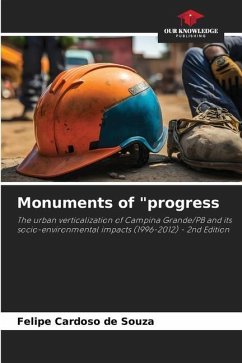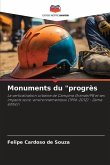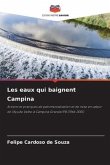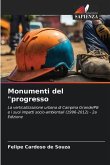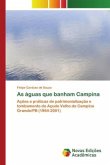This work has as main thematic axis the experience of urban verticalization in Campina Grande / PB, in the period between 1996 and 2012. From this work we see that the process of urban verticalization in Campina Grande is inserted as a symbol of modernity and progress that produces social and environmental impacts on the city and society. In the first issue, the focus was to discuss the social and environmental impacts on the city in other aspects, excluding the discussion about the experiences of workers involved in this verticalization process in Campina Grande who were victims of accidents at work. In this sense, in this second issue you will see a new chapter in this history of urban verticalization in Campina Grande, which brings all the discussion made in the first issue plus a new chapter that discusses the work accidents in construction that were part of this history of urban verticalization of Campina Grande, giving red tones of human blood of workers who daily stain theso-called history of progress.
Bitte wählen Sie Ihr Anliegen aus.
Rechnungen
Retourenschein anfordern
Bestellstatus
Storno

